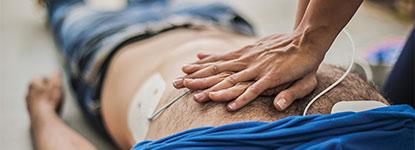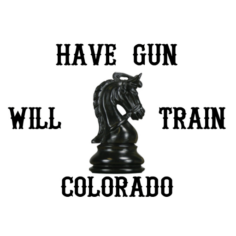
Gunshot Wound First Aid – Mini Class 90 minutes
You will observe and practice Gunshot Wound First Aid techniques for gunshot wounds, using wound packing, pressure dressings, tourniquets, and chest seals. Uncontrolled bleeding is the number one cause of preventable death from trauma. The Greater the number of people who know how to control bleeding in an injured patient, the greater the chances of surviving the injury. You can help save a life by learning these techniques. Information on products and how to build your own kit will be discussed.
Emergency First Aid Fundamentals – 4 hours
Would you know what to do if you were deep in the wilderness, and a hunting companion sustained a penetrating chest wound from an errant round? Could you prolong the life of a loved one long enough for the ambulance to arrive if he or she had sustained a lacerated artery from a violent attacker armed with a knife?
While most Americans are comfortable dealing with the cuts and scrapes of everyday life, and tens of thousands have learned the Heimlich maneuver and CPR, most individuals would be a bit less comfortable dealing with severe, life-threatening injuries or illnesses when seconds count, and EMS personnel and the emergency room are minutes (or longer) away.
In the training course, Emergency First Aid Fundamentals, you’ll learn not only to understand the proper way to assess a patient, but you’ll also learn in great detail the proper way to deal with significant issues such as serious bleeding, chest injuries, a compromised airway, spinal injuries, broken bones, and more. While it might seem unrealistic to translate what professional EMTs and paramedics are able to do in an emergency versus the things that nonprofessionals would be capable of, but in life-threatening medical and traumatic emergencies, it all boils down to the same thing — sustaining the life of the patient until he or she can be delivered to the emergency room.
If you’re ready to become your family’s first responder in all emergency situations, this training cannot be missed. During this training, you’ll do more than simply sit in a classroom learning about these topics. Your USCCA instructor will work you through real-world scenarios using simulated patients and the actual products (or field expedients) that you’ll need to understand if you hope to save a life.

